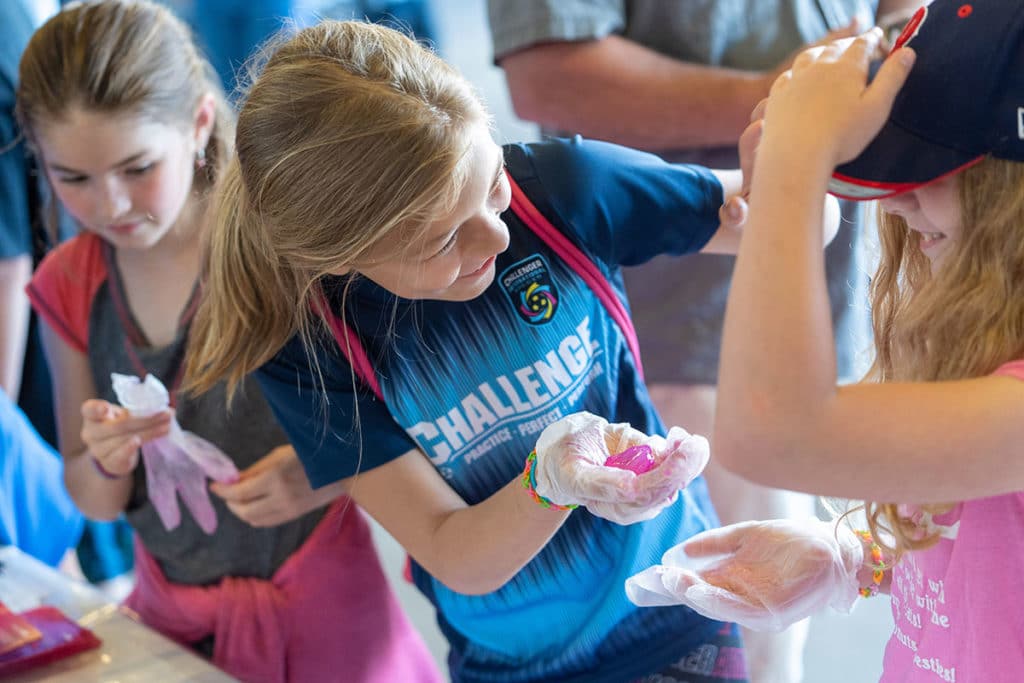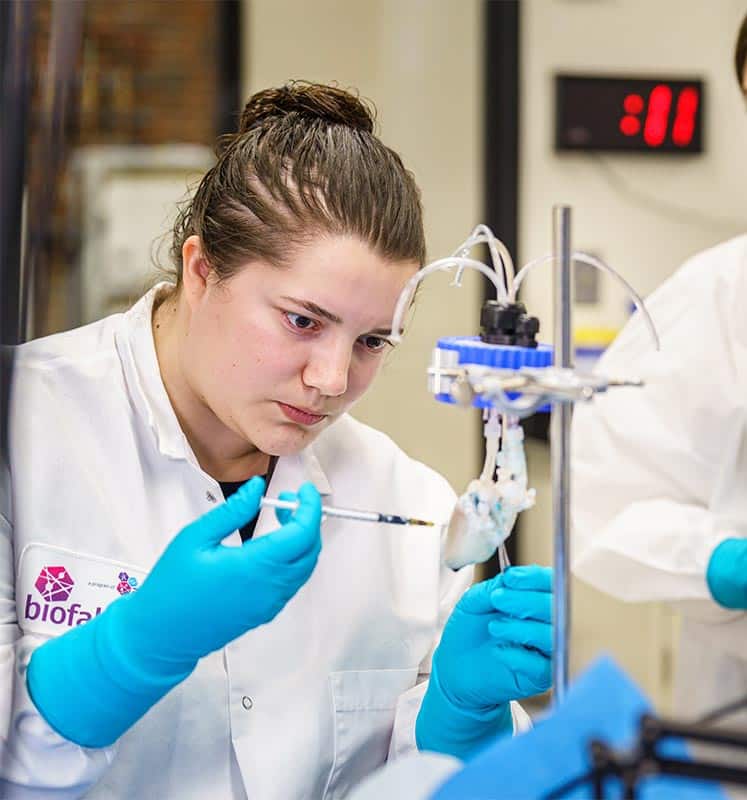Home // BioFabUSA // Education and Workforce Development // Ghostly Heart

Ghostly Heart
More than 2,500 people receive a heart transplant each year. If the heart is not a perfect match, the patient’s life is at risk. Creating the ghost heart is the first step in generating a fully functional organ that perfectly matches each patient. In our classroom exercise, students make a replica of the heart’s collagen scaffold.

Decellularization and Recellularization
More than 2,500 people receive a heart transplant each year. If the heart is not a perfect match, the patient’s life is at risk. Decellularization refers to the physical, chemical or enzymatic process used to remove all of the cellular components of a native scaffold like an organ. The cell-free scaffolds, or “ghost organs,” can be recellularized with stem cells, allowing for a fully functional organ that can be implanted into people. Advances in “decell-recell” technologies are promising solutions to the challenge of transplant rejection.

Some Companies, Non-Profit Organizations and Academic and Training Institutions Studying “Decell-Recell”
Miromatrix
Miromatrix is a biotech firm engaged in the development of fully biological human organs to solve the shortage of transplantable organs. The company plans to do this using decell-recell technology, as well as other methods. Currently, the company is working on organ models, including liver, heart, kidneys, bone, lung, pancreas and spine.


Worcester Polytechnic Institute (WPI)
Worcester Polytechnic Institute (WPI) is a research university located in Worcester, Mass., that focuses on science, engineering, technology, management, the social sciences and the humanities and arts. WPI’s professors work with students in a number of research areas. For example, professors at WPI are currently researching an effective process to decellularize spinach leaves and recellelularize the leaves with human cells. Watch Dr. Glenn Gaudette describe the research process.
Did You Know?
3D-printing technology is currently unable to replicate the complex branching network associated with blood vessels.
NASA and the National Space Biomedical Research Institute report that an astronaut’s heart becomes more spherical after extended time in space.


